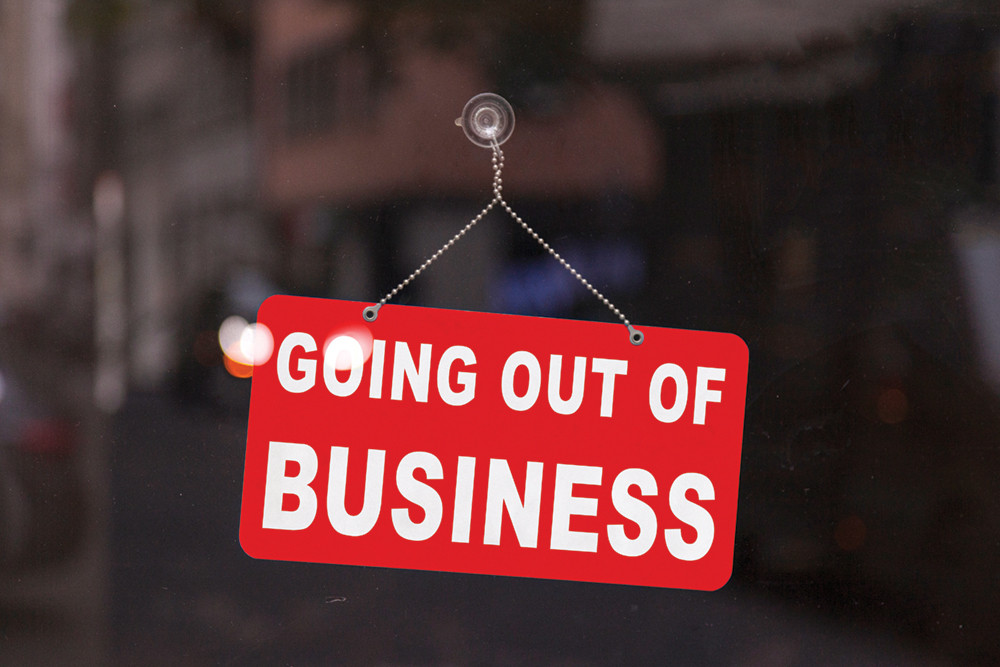
By Ujeena Rana
Dwindling confidence finds strong foothold
35-year-old Prakash Lamichhane came back home in January this year after spending 12 years in Oslo, Norway. His plan on returning home was to get himself a wife. The only hiccup in the seemingly flawless setting was his receding hairline. Lamichhane fathoms the value of body image well. Moreover, the apprehension getting the better of his family was that a female of marriageable age won’t settle down with a balding guy. Therefore, before anything; he booked an appointment at a cosmetic surgery clinic to deal with the fly in the ointment. Picking the place was not done on whim; in fact, he undertook an extensive research before putting his money on Aavaran Skin & Hair Clinic, Old Baneshwor.
In essence, Lamichhane chose to go under the knife to lift his diminishing confidence. “Earlier, I had reservations regarding meeting new people. I suffered from low self-esteem. I thought that people’s gaze froze on my balding scalp.” But not anymore. The “before” and “after” change is visibly noteworthy. Hair volume and density has profoundly improved and the widening gaps between hair strands have narrowed; after all, 2100 hair follicle grafts were transplanted in the areas of the scalp affected by hair loss. However, full results will be witnessed in 9-12 months from the time of surgery.
Two sides of the argument
The trappings of the modern world as advertised in fashion magazines, TV, and movies compounded with celebrity and selfie culture and social media propel mere mortals to settle for nothing less than the perfect smile, perfect hair, perfect skin, perfect jawline, and perfect body. Magazine covers are populated with quintessential beautiful faces that inspire readers to emulate the same “commercialised” standards of beauty. Fuller lips, big eyes, structured nose and bigger bosoms are the norm.
“Last year in India, it was the most trending app on Google Play, Google’s app store,” read an article published in Nikkei—Asia Review in May 2017 referring to Meitu—an image editing app—a Chinese smartphone app. Even if “perfecting the imperfection” with the assistance of the editing apps like Meitu is self-deceit, people can, at least, pacify the self-critiquing inner voice even though for a fleeting moment. The fascination over “looking perfect” has heightened especially post-FB and Instagram boom. Some do it to get more “likes”—to be appreciated—to impress others; whereas, some do it to feed one’s narcissistic soul—to impress themselves; some do it simply because corrections can be done—there are treatments available.
There are two sides to every argument. There are people who champion cosmetic surgery and then there are those who passionately oppose its existence. To each his own.

The boom of cosmetic surgery
Rhinoplasty (popularly known as “nose job”), liposuction, breast augmentation, breast reduction, botox, laser resurfacing, brow lift, tummy tuck, facelift and baggy eyelid surgery are a handful of aesthetic treatments from a long list that a cosmetic surgeon performs. There are many takers for the Asian eyelid surgery—creating creases in the eyelid—thereby making the eyes appear bigger. And gynecomastia treatment (male breast reduction) also finds itself on the request list.
Cosmetic surgery is not reconstructive like plastic surgery; however, it is performed to accentuate appearance in the head, neck and body. The treated areas function normally pre-surgery as well; unlike in case of plastic surgery. “Cosmetic surgery is for the enhancement of appearance,” states Dr. Surendra Basnet, a plastic & cosmetic surgeon. “This kind of surgery improves aesthetic appeal, symmetry, and proportion.” Mostly females opt for cosmetic surgery.
A decade earlier when Dr. Basnet left for China to study cosmetic surgery, the aesthetic business was no way near to securing its place in the ‘most booming business’ list; “there were practically no experts, no skilled surgeons.” However, Dr. Basnet credits the increasing interest of people in cosmetic surgery to media and people’s awareness of self-image.
Dr. Gaurav Bhattarai, a psychiatrist states, “In Nepal, there have been several small scale researches about self-image and self-esteem especially in the adolescent population which tend to show body dissatisfaction and eating disorders may be more common than thought.” He underlines, “Most people in the urban setting are more intent on maintaining the perfect body image for which they spend a big fraction of their time and earning.”
Check & Balance
Critics show concern over looming risk factors and credentials of surgeons. “All valid issues,” points Dr. Basnet. He advises that one should always check the qualifications of the surgeon. Things may take an ugly turn when the supposed “beauty treatments” go wrong. Cosmetic surgery, after all, is an expensive affair—money and health are involved. Besides, according to Dr. Basnet, there have been cases of malpractice in Nepal. Doctors without proper experience, knowledge or skills operate on patients’; resultantly, body suffers the mar. The victims—post-tragedy—consult experts. “I have many-a-times corrected the wrongs done by other doctors,” informs Dr. Basnet. “Surgeries can have complications; and doctors must be mindful about how to minimise it.”
Rules and regulations are there; however, implementation is a far cry from reality. Nepal Medical Council (NMC) bars foreign doctors from operating on Nepali clients in Nepal; nevertheless, regulations exist only in book. As per the rule, plastic and cosmetic clinics must send a monthly update to (District Public Health Office) DPHO, which monitors the actions of the health centers, but, the rule is also not strictly followed. Perfect. Imperfect.
Instead of just being hallucinated by the good side; the ugly side of cosmetic surgery needs to be entertained as well.
According to Dr. Bhattarai, “there are a lot of cases wherein a distorted perceived body image leads to mental illness. Lack of acceptance of one’s body image signifies a lack of development of a mature personality and may be causal in illnesses like anorexia nervosa, depression, social phobia and hypochondriasis.”
Baggy under-eye treatment can cost as much as 40,000, facelift costs above one lakh. The transformation that Lamichhane received was at the cost of one and a half lakhs but that is nothing compared to his growing confidence. Besides, if he had opted to do the surgery in Norway, it would have cost above 20 lakhs.
An untrained eye may detect too many flaws; possibly, the trick is to know when to stop the fault-finding. Beauty, after all, is a relative term. Dr. Bhattarai forwards his thoughts, “When the concern over body image leads to excessive preoccupation, excessive indulgence or excessive self-deprivation causing mental, physical or social dysfunction, then it should be considered a problem. Such a morbid concern usually arises in adolescence and unless treated, tends to continue throughout life.”
There have been cases when someone takes the “perfect body image” idea to extremity and volunteers to go under the knife far too many times than needed. The result is often unnatural and disturbing. Concurrently, a conscious effort to beautify one’s appearance can do wonders to an individual’s self-esteem. To be noted is that you can meet a renewed and confident version at the other side of the operation theatre.





